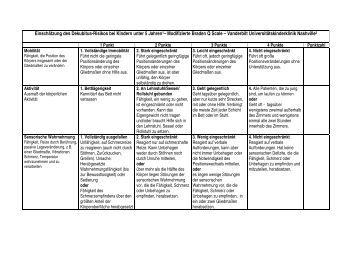The Braden Scale, developed in 1987, consists of six sub-scales: 1. Sensory perception 2. Friction and shear The individual receives a score between 1-3 or 4 points for each sub-scale item. The sub-scales are then summed for. Make a clock template printable. Provide above interventions as needed b. Obtain wheelchair cushion. Instruct/assist to shift weight in W/C q 15 minutes. Consider limiting W/C to 1-2 hour intervals. Additionally, the frequency of the Braden Scale may also contribute to a multitude of different scores; the resident behaves differently on different.


Printable Braden Scale Assessment Form
Poor nutrition, intravascular volume depletion, and peripheral vascular disease can each lead to unhealthy skin and impaired wound healing, which in turn increases the risk of developing pressure ulcers. Low body weight is also a concern. Weight less than 119 pounds or a body mass index (BMI) less than 20 indicates increased risk for pressure ulcer development [80].
Recent weight loss, decreased nutritional intake, inadequate dietary protein, and impaired ability to feed oneself have been identified as risk factors for pressure ulcer development. An estimated 50% of elderly patients admitted to hospitals have suboptimal protein nutrition [80]. When there is a sustained deficit of protein as an energy source, skin and soft tissues become more vulnerable to injury. In managing patients with pressure ulcer, or those at risk, the amount of protein in the diet appears to influence prognosis for recovery and prevention. In one study, patients who received a 24% increase in protein intake had significant improvements in ulcer healing and prevention of new skin injury compared to those who received a 14% increase [24].

Poor nutrition, intravascular volume depletion, and peripheral vascular disease can each lead to unhealthy skin and impaired wound healing, which in turn increases the risk of developing pressure ulcers. Low body weight is also a concern. Weight less than 119 pounds or a body mass index (BMI) less than 20 indicates increased risk for pressure ulcer development [80].
Free Printable Braden Scale
Recent weight loss, decreased nutritional intake, inadequate dietary protein, and impaired ability to feed oneself have been identified as risk factors for pressure ulcer development. An estimated 50% of elderly patients admitted to hospitals have suboptimal protein nutrition [80]. When there is a sustained deficit of protein as an energy source, skin and soft tissues become more vulnerable to injury. In managing patients with pressure ulcer, or those at risk, the amount of protein in the diet appears to influence prognosis for recovery and prevention. In one study, patients who received a 24% increase in protein intake had significant improvements in ulcer healing and prevention of new skin injury compared to those who received a 14% increase [24].



